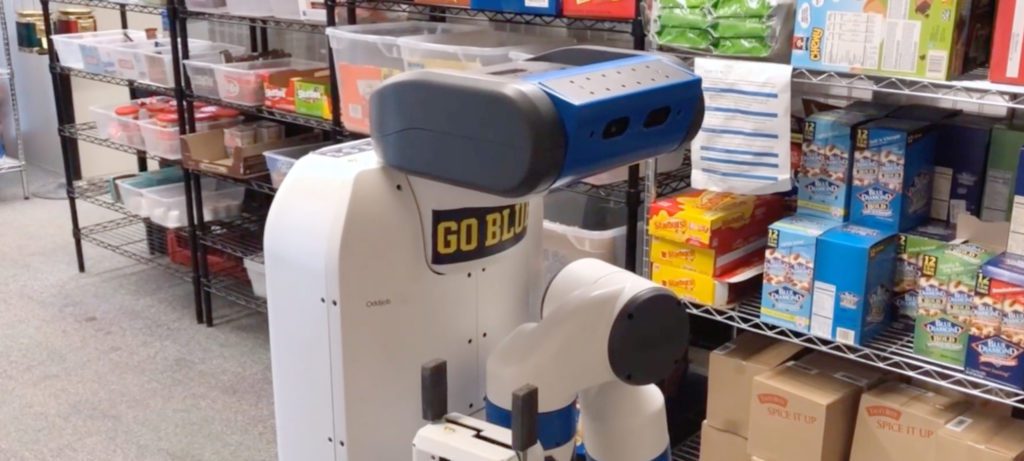Rather than attacking cancer cells directly, new cell-model research probes weaknesses in pancreatic cancer’s interactions with other cells to obtain nutrients needed for tumor growth.
The post Study suggests method to starve pancreatic cancer cells appeared first on Michigan Engineering News.

 Michigan Engineering | University of Michigan
Michigan Engineering | University of Michigan 

